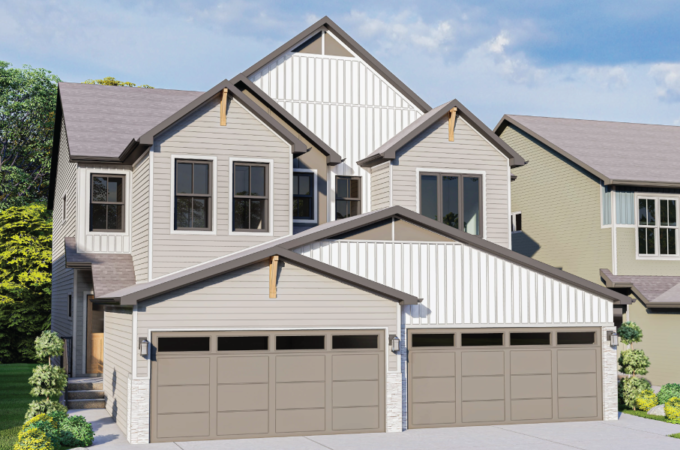
How to Weatherproof Your Home with Essential Exterior Improvement Projects
Outside, weather can have a bad effect on your home. It might damage things and make the appearance less attractive. Waterproofing is important to protect your property from weather conditions and keep it strong. We will examine various key improvements that are done outside the house for its protection against different weathers in this article.
Table of Contents
ToggleAssessing Vulnerabilities
Before starting work on outside enhancement undertakings, it is very important to check your house for any weaknesses towards harm caused by weather. Inspect the roof, siding, windows and doors as well as foundation to identify signs of wear or deterioration. Look out for cracks in materials; leaks from joints; loose shingles on roofs – all these could be entryways that might make your home less resistant against rain and wind along with changes in temperature.
Repairing and Sealing
The initial step to weatherproofing your home is addressing any present damage. Mend damaged roof shingles, substitute broken siding, and seal up holes around windows and doors so that water does not infiltrate. Utilize good-quality sealants and caulks made for outdoor usage in order to make a tight barrier against water leakage through the exterior part of your house.
Upgrading Windows and Doors
Windows and doors, they are usual ways for water and drafts to enter. This makes them more likely to get damaged by the weather. Think about changing to energy-saving windows and doors that have weatherstripping and insulation features for better thermal performance, decreasing air leakage. Look for items which possess a top energy star rating in order to enhance your savings on power and comfort levels too.
Investing in Quality Siding
Siding is like a coat for your house, it guards the structure from rain, wind and other environmental things. To keep the house safe, choose strong siding materials that can resist bad weather well such as vinyl, fiber cement or engineered wood. It’s very important to have experienced Toronto roofers do the installation so they can make sure everything fits tightly and protects against all elements properly.
Installing Gutters and Downspouts
To avoid water harm to the outside of your house as well as its foundation, it is crucial to have good drainage. Make sure you put in gutters and downspouts for guiding rainwater away from roofs and walls towards a specific drainage place or rain barrel. It’s also necessary to clean and take care of gutters on a regular basis so that they don’t get blocked up, making certain water flows properly when there’s heavy rainfall.
Landscaping for Drainage
If you are keen on gardening, it’s possible to put in an effective water management system around your home’s foundation. You can choose to plant more trees, shrubs and groundcovers that have deep roots which will soak up extra water and stabilize the soil. This helps prevent erosion and reduces the risk of flooding or harm from too much water. It is good to avoid planting trees close by because their roots might intrude into the house foundation causing issues with stability.
Investing in Storm Shutters
Storm shutters provide an extra layer of safety for windows and doors in your house when there are strong weather conditions. You can select from many styles such as accordion, roll-down or Bahama shutters that match both how they look and what you need them to do functionally. Before bad weather comes, put storm shutters on to protect your home from strong wind, things flying around and possible break-ins.
Safeguarding your home’s exterior against the elements is crucial for preserving its structure, preventing damage, and ensuring longevity. Investing in repairs, sealing, improved siding, windows, doors, gutters, and roof protection, as well as landscaping for effective drainage and storm shutters, ensures your property withstands adverse weather and offers lasting peace of mind.





